This sparked fears of an extended absence, which could coincide with the departure of fellow forwards Bryan Mbeumo and Amad Diallo – plus defender Noussair Mazraoui – for the Africa Cup of Nations next month.
However, while the full extent of…
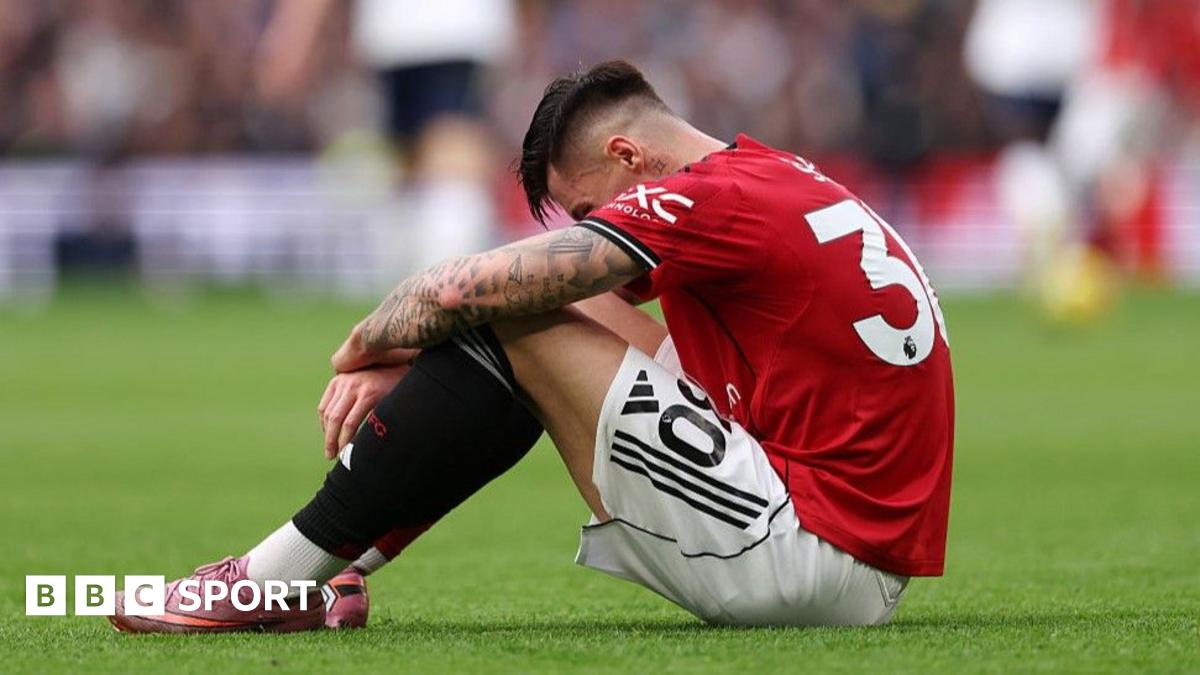
This sparked fears of an extended absence, which could coincide with the departure of fellow forwards Bryan Mbeumo and Amad Diallo – plus defender Noussair Mazraoui – for the Africa Cup of Nations next month.
However, while the full extent of…
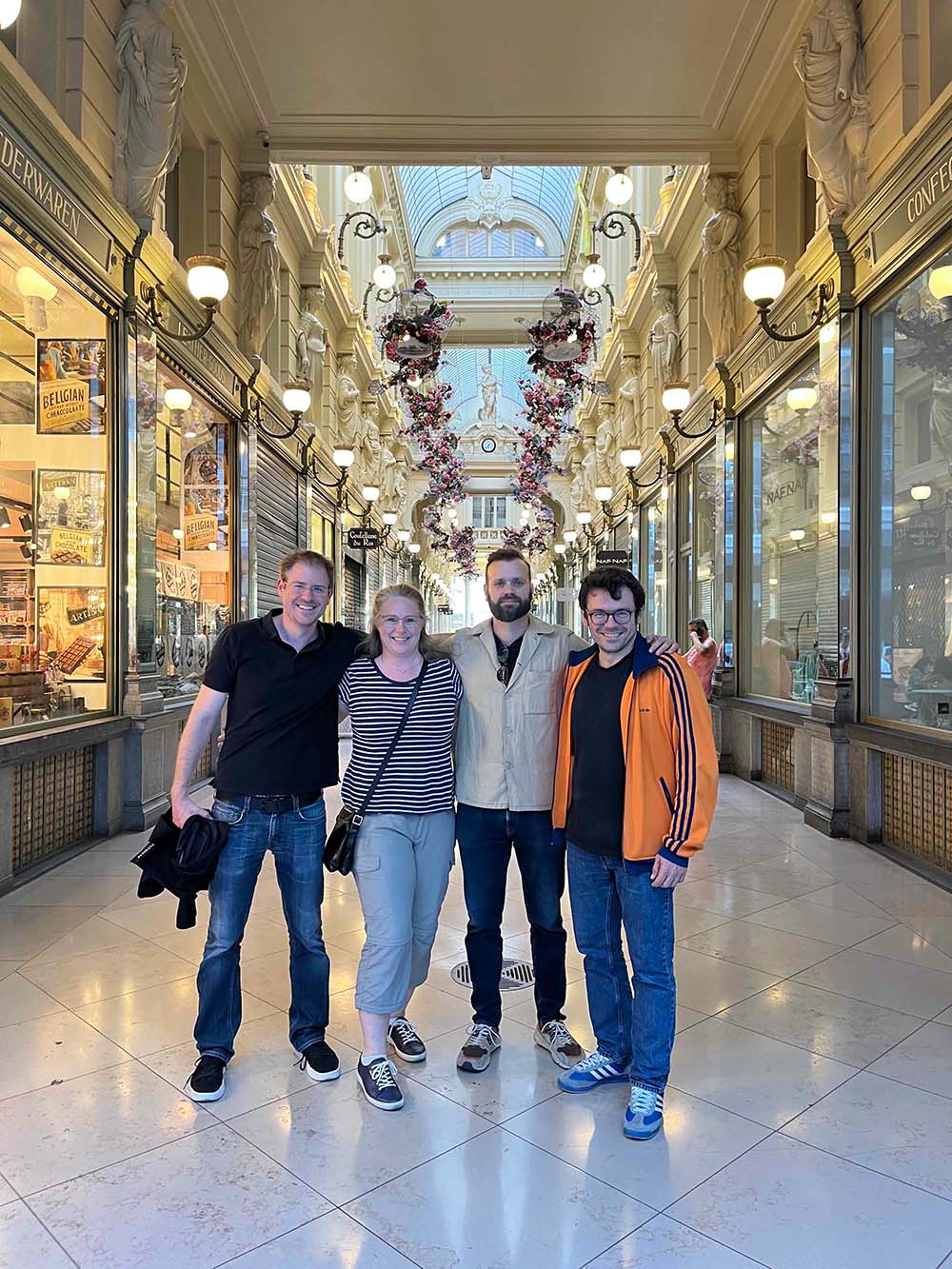
Antonino Di Piazza, a professor of physics at the University of Rochester and a distinguished scientist at the…
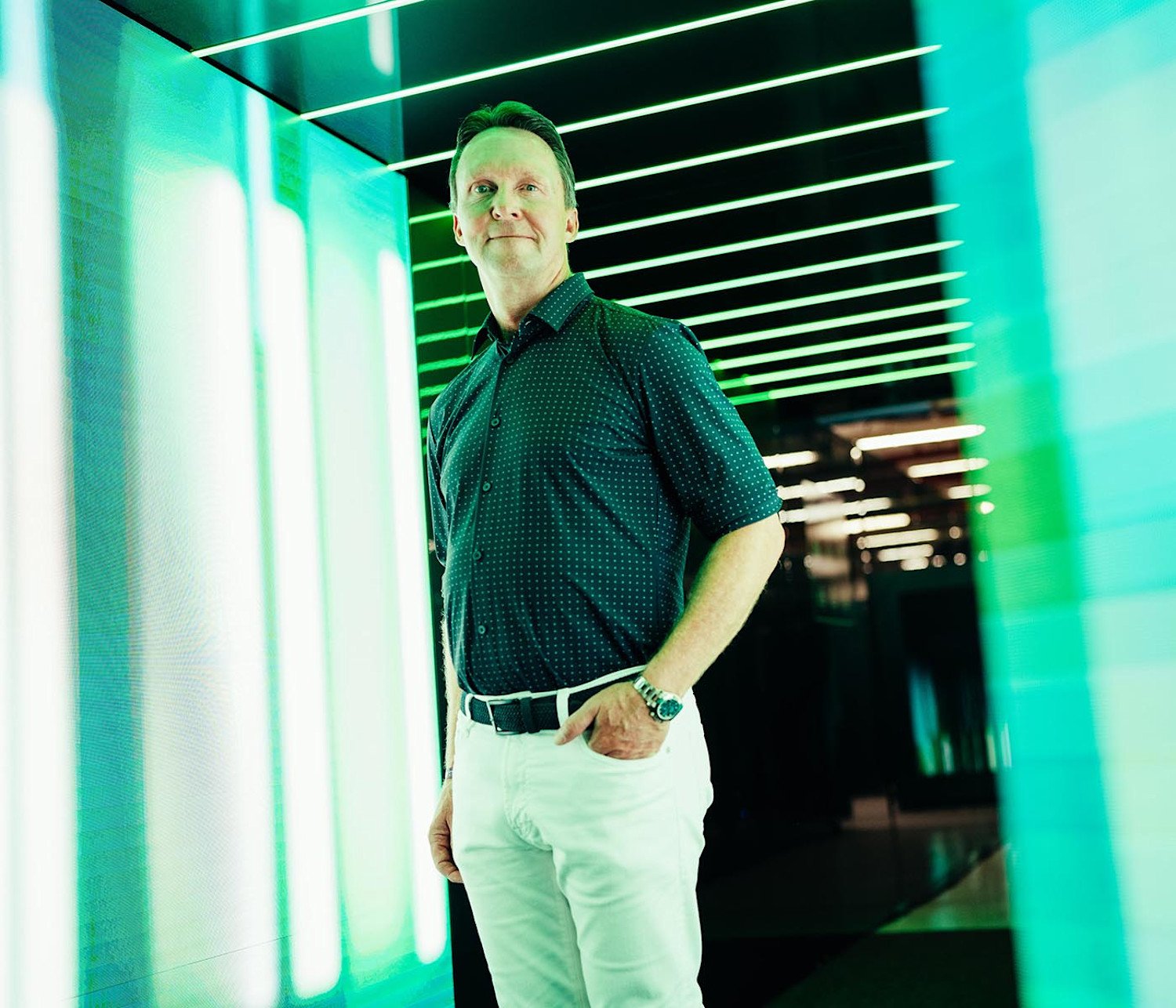
Earlier this year, Aston Martin Aramco announced Atlas Air Worldwide as the team’s Official Logistics Partner. Atlas CEO Michael Steen was pivotal in making the partnership a reality. A veteran of the aviation industry, he joined Atlas as Chief Commercial Officer in 2007, before moving into the role of CEO in 2023. During his tenure, he’s helped make Atlas one of the leaders in global airfreight and passenger charter services. Here, he explains Atlas’ plans for continued growth and why a partnership with Aston Martin Aramco was the logical next step for two brands with so much in common.
“For several years, Atlas has had a direct involvement with F1 as one of the main companies chosen by Formula One Management and DHL to transport the cars and equipment of all 10 teams around the world.
“With 16 of this year’s 24 races taking place outside Europe as flyaways, it’s a huge job, involving up to 10 aircraft travelling between venues, and we’re well-qualified for the complex task.
“Today, we’re the world’s largest air freight company. We have 15 per cent market share flying wide body freighters, and we have grown significantly. We had 25 aircraft when I joined, and we’re at 118 today, so there’s been a massive expansion over that period.
“We have the largest 747 fleet in the world. We have 59 on the freighter side, and then we have some passenger aircraft too. And we took delivery of the very last 747 ever built, which is pretty cool!
“F1 leans on Atlas because we have the long-term strategic focus and the scale and size of the fleet, and we also have some of the most flexible and most agile traffic rights in the world. That’s very important. The airline industry is highly regulated, so you have to have the ability to operate from point A to point B.
“And the service quality that we provide is the highest standard. So, that’s how we got acquainted to the sport.”
Running an airline is one of the most difficult logistical challenges that you can imagine – it’s not too different to what we see in the paddock around an F1 team.
“Having been so immersed in the world of F1 for so long, we decided that a partnership with a team would be the logical next step.
“We looked at the similarities between the infrastructure of F1, how the teams work, and how we work as a company as well.
“Running an airline is one of the most difficult logistical challenges that you can imagine – it’s not too different to what we see in the paddock around an F1 team. That’s why we started to think there could be opportunities to engage in a different way.
“For us as a B2B business, there are unique drivers for a partnership like this. We went through a deep process as well, first of all defining what we wanted to get out of the relationship.
“This is not only about entertaining customers or having the brand recognition. It’s much, much more than that.
“We were contacted by many of the teams. We looked at who has the best affinity and alignment with our brand strategy, our core values as a company. And Aston Martin is one of the world’s most renowned brands and stands for top quality. The team has an ambition to win, which is what we also aim to do in our business.
“And then we dug deeper into it and looked at the commonalities and best practices between the two organisations. In F1, the teams try to shave off a tenth of a second, and I can shave off two hours of flight time by using the same best practices. So, it was a very broad spectrum of different areas that can add value to the engagement.
“The opportunity to work with Executive Chairman Lawrence Stroll was also part of the appeal of joining forces with Aston Martin Aramco.
“It’s his ambition with the business, the investment that he’s making, such as Managing Technical Partner Adrian Newey coming on board.
“We’re doing the same thing; we’re the leader in our industry. Our ambition doesn’t stop there. We need to continue to invest. And that’s where you have commonalities with what Aston Martin Aramco is doing. So that’s exciting.”
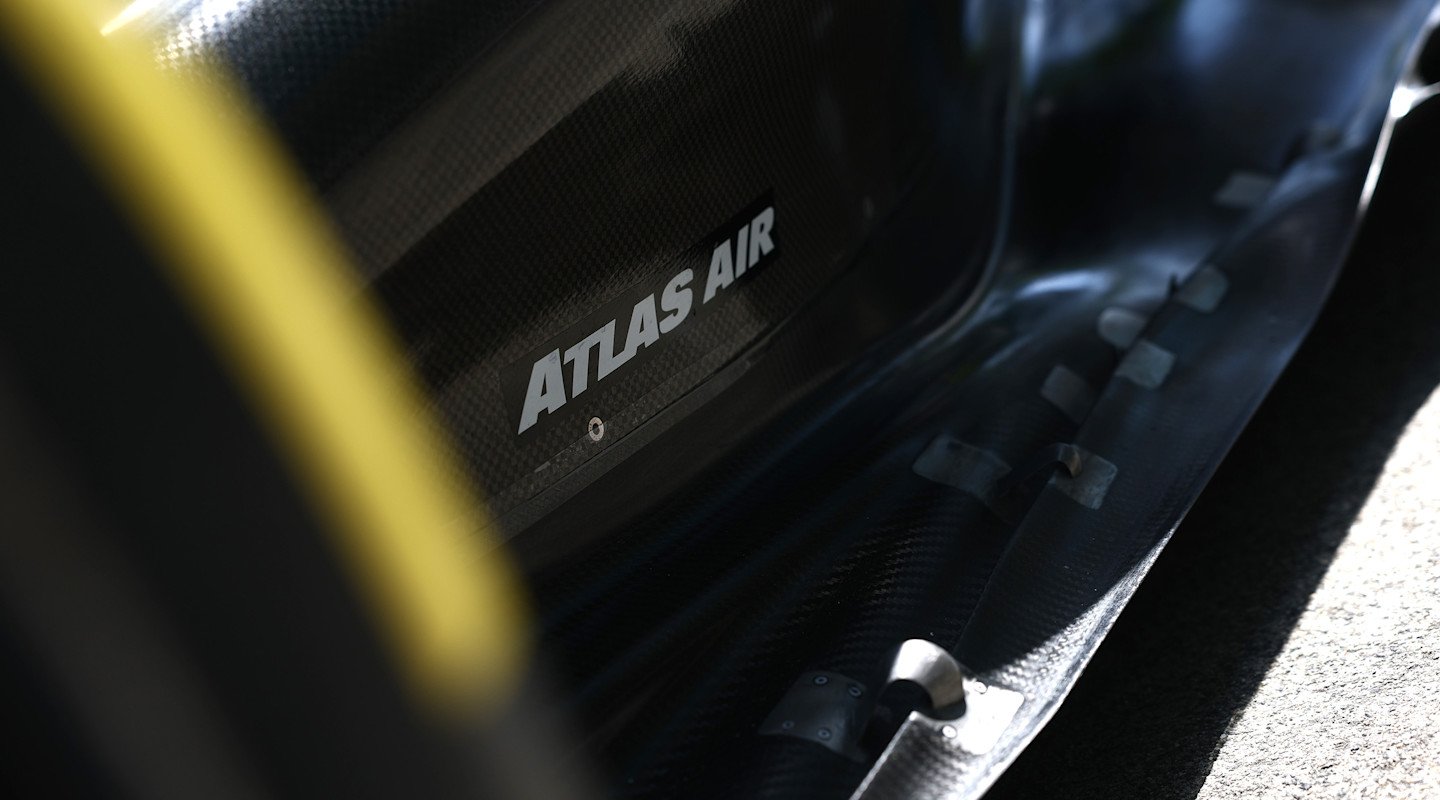
“We have a strategy called One Atlas that has four pillars to it. The first is creating a thriving culture. If you think about us as a company, we have 5,000 employees, and 3,000 of those are pilots. And those pilots are in 80 countries and 300 destinations at any given time, and don’t necessarily connect back to the mothership as a home base.
“So, I need to make sure that they understand what our objectives are, our values, and how we communicate and engage. There is an affinity there as well with how Aston Martin Aramco functions and communicates as a team.
“Then it’s about performance excellence – financially, but also service quality. And that’s about making sure you can deliver a really good product at the end of the day. It’s first of all understanding how we can push innovation and automation and really drive the product further in an aligned fashion.
“The next pillar is about winning the market, and it’s synonymous with winning points and titles. And then the last one is about creating a sustainable company for the future.
“And that is really interesting. I was talking to Aston Martin Aramco Head of F1 Academy and Driver Ambassador Jessica Hawkins about this, because today, only four per cent of our pilots are female, which mirrors the industry average as well. We’d like to attract more women entering the workforce to come into our industry, to become passionate about engineering, and to become pilots as well.
“And then how can we also create a contribution back to society, which we’re doing through sustainability, for example.”
“One of the great benefits for Atlas of a direct involvement with Aston Martin Aramco is the networking opportunity that a presence in the paddock provides, and the chance to work with other partners of the team.
“We have a project together with Cognizant, and we look forward to exploring opportunities with Aramco, with Valvoline, and other partners as well.
“If I can interact with my peers, with other companies, the engagement is totally different. You can talk about joint ventures and partnership in a different way. And then bringing our partners and customers to the track and being able to share the experience is fantastic.”
We can become better, faster, more agile, more dynamic, more innovative by learning from Aston Martin Aramco.
“I can’t wait for us to grow and develop this partnership in the years to come.
“I think it’s important for both of us to learn. We bring the experience of having sponsorships with NFL teams, as we fly five teams on the US passenger side. Yet we have a very open mindset coming into this partnership as it is our first one on the F1 front.
“Everything we do must come back and resonate with the One Atlas strategy, so we can see developments when it comes to our internal culture, so we can become better, faster, more agile, more dynamic, more innovative by learning from Aston Martin Aramco. And then we can provide, of course, some best practices back as well.
“Both the internal and external aspects are so important. Whether we are working to inspire and engage our team, or working with customers, business partners or other sponsors on shared growth opportunities.
“If you think about any sponsorship, you ask yourself the question, what is the return on investment? What are the tangibles, and what are the non-tangibles that we can start building from? There are so many different touch points and opportunities to create value.
“I’m really excited about it, and the rest of the company is as well. And Aston Martin Aramco is too. Let’s see where it takes us!”
To learn more about Atlas Air, click here.
I / AM DROPS
From exclusive collabs to once-in-a-lifetime prizes, I / AM DROPS is a new series of unique and ultra-limited moments and fan experiences.
Sign up for I / AM or sign in to unlock.
SIGN UP / SIGN IN
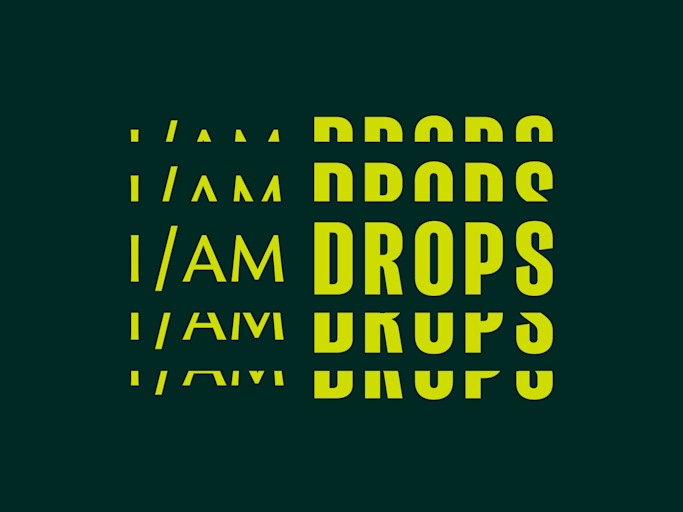
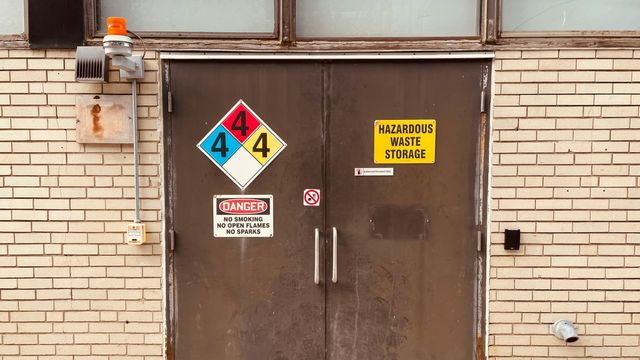
A new study finds that composite metal foam (CMF) can withstand tremendous force – enough to punch a hole in a railroad tank car – at much lower weight than solid steel. The finding raises the possibility of creating a safer generation…
This request seems a bit unusual, so we need to confirm that you’re human. Please press and hold the button until it turns completely green. Thank you for your cooperation!

The countdown to the Milano Cortina 2026 Winter Olympic and Paralympic Games continues, and the official competition schedule is being enriched with important updates. Among the most significant changes, the revision of some event timings and the…

The countdown to the Milano Cortina 2026 Winter Olympic and Paralympic Games continues, and the official competition schedule is being enriched with important updates. Among the most significant changes, the revision of some event timings and the…
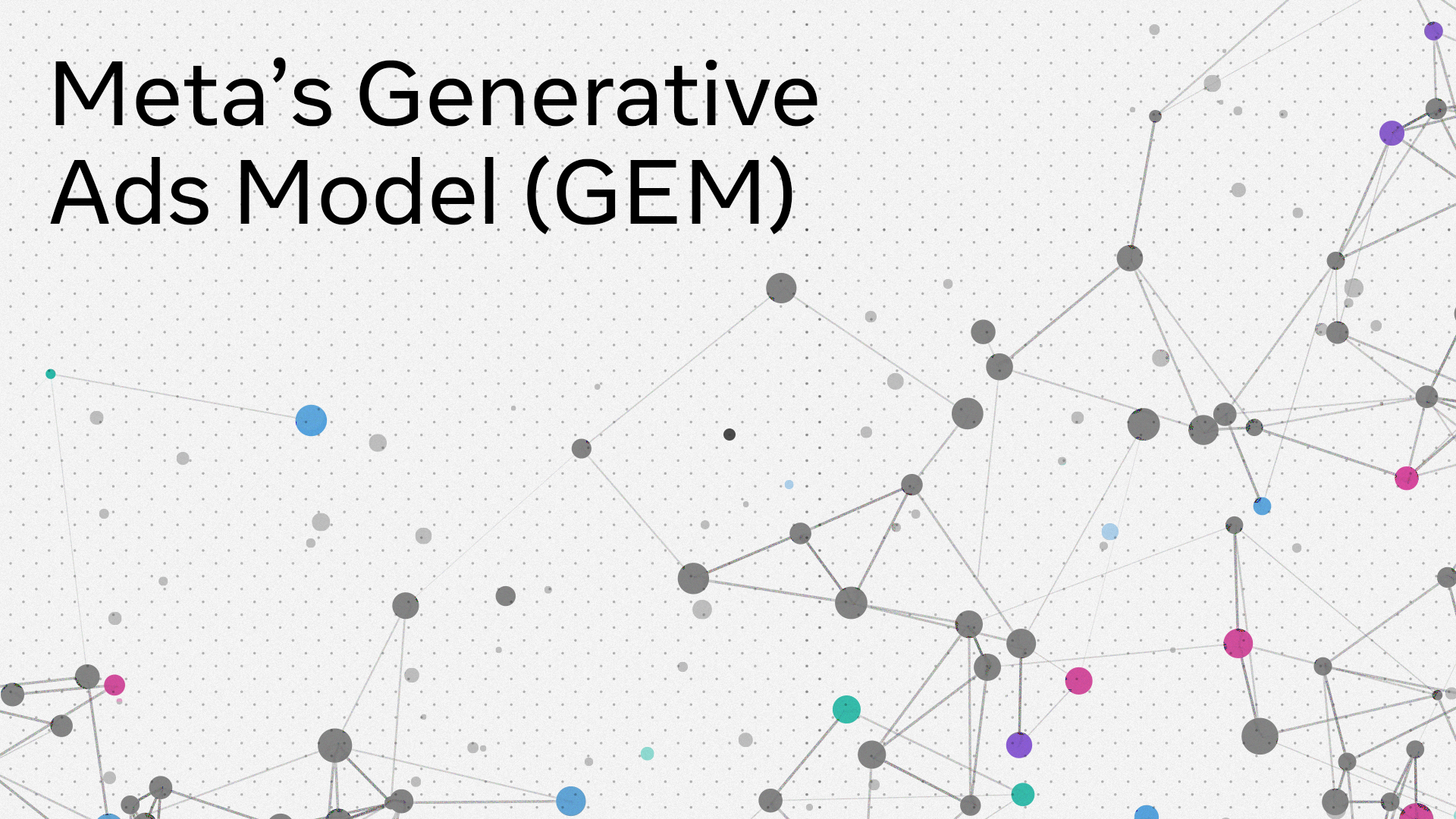
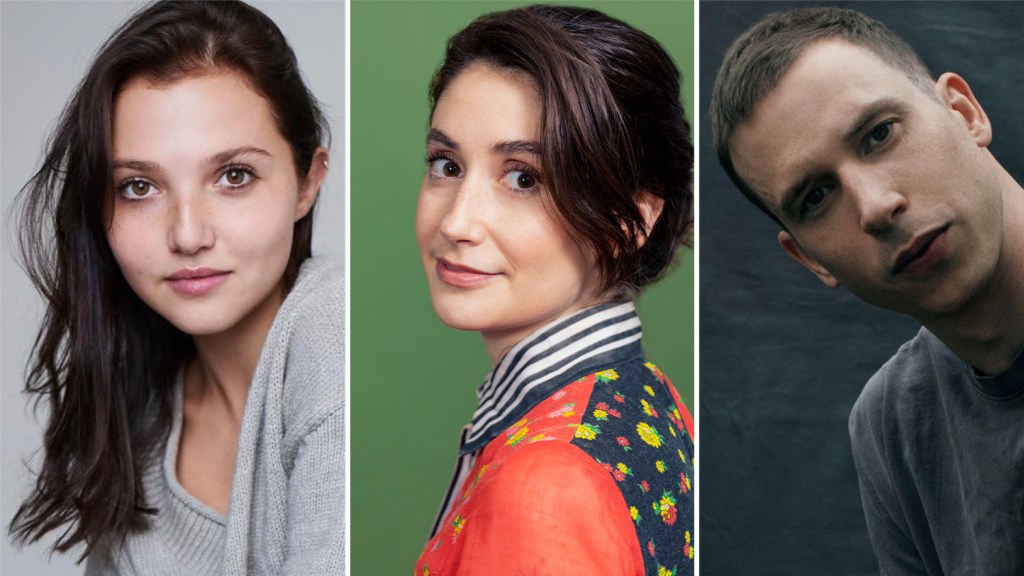
EXCLUSIVE: Mia McKenna-Bruce, Charly Clive And Herbert Nordrum have the joined the cast of the comedy thriller Everybody Wants To F*ck Me starring Taron Egerton and Jessica Henwick. The film is currently shooting in London and is a…